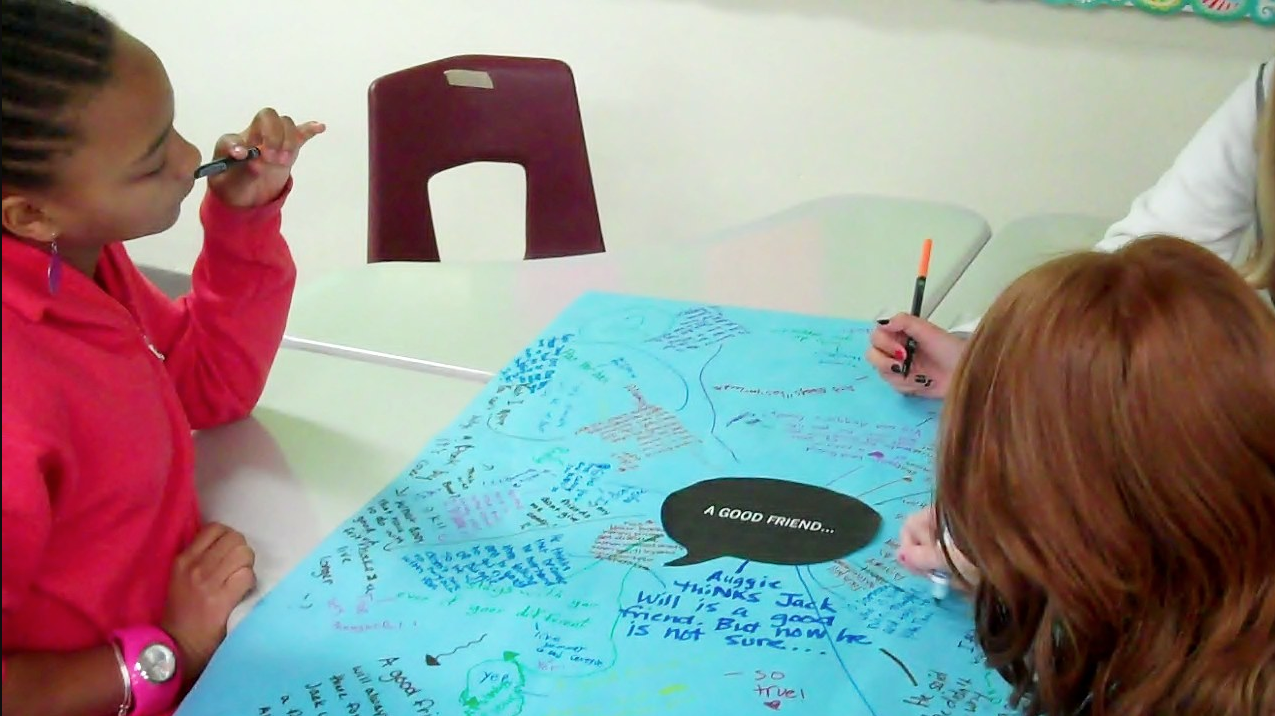Hey everybody!
This week I'm sharing an instructional strategy that will add some conversation, music, movement, and fun into your classroom. I've recycled and reused this strategy a gazillion times. I first experienced Standing Conversations at the KISD Literacy Coaches Network. This strategy can be adjusted and applied to ANY content area and used at ANY grade level. It's so simple you could even slide it into your plans at the last minute. You may have heard of a "Stand & Talk" which is the same method minus the music.
Note from Lindsay: I am certainly not claiming to be the creator of this strategy, only a very grateful teacher who uses it A TON.
Here's what works for me:
Develop a question related to your subject matter.
Post the question visually.
Give 30-60 seconds of think time.
Share the Standing Convo directions (I suggest posting them visually), which are: Keep moving ‘til the music stops! When it stops, square up to the nearest person and discuss the question posted on the screen.
Play a song that relates to your subject matter or is just fun and jazzy!
Students walk or jig or do-a-little-dance as the music plays.
Stop the song, listen to chatting, redirect anyone who’s not chatting about the posted question.
Start music again (play the same song or start a new one) and repeat with any additional questions you want students to discuss.
Tip: project the Standing Convo directions for your students. Explicitly state what is expected/allowed while the music plays and during the standing conversation. Doing so will minimize the chaos and maximize the experience.
To make a Standing Convo really meaningful, think creatively about which songs pertain to your subject matter or the topic students will discuss. For example, during the American Revolution learning unit, students discuss the question:
Tip: link the music you plan to play on the slide you'll project.
This way you're not relying on a successful YouTube search while you students anxiously wait to start shimmying around (been there... done that... not great).
Without telling my students in advance, I play "We Are Never Ever Getting Back Together" by Taylor Swift as they walk around. After the music stops, they discuss the question and sit back down. Then, I ask if anyone caught on to the meaning of my song choice. One by one they figure it out; it's pretty fun to watch.
I think it is important to hold a whole-class discussion. Do so by using whatever discussion strategy you prefer (draw names, pick volunteers, classmate nominates a friend, etc.) and discuss the questions all together.
The feedback from kids on Standing Convos is usually very positive. They like to get up and move. They like to talk to a person of their choosing. They like to hear music. It's a fun, quick, and simple way to change up the standard Think-Pair-Share.
Joy & cheer,
Lindsay


